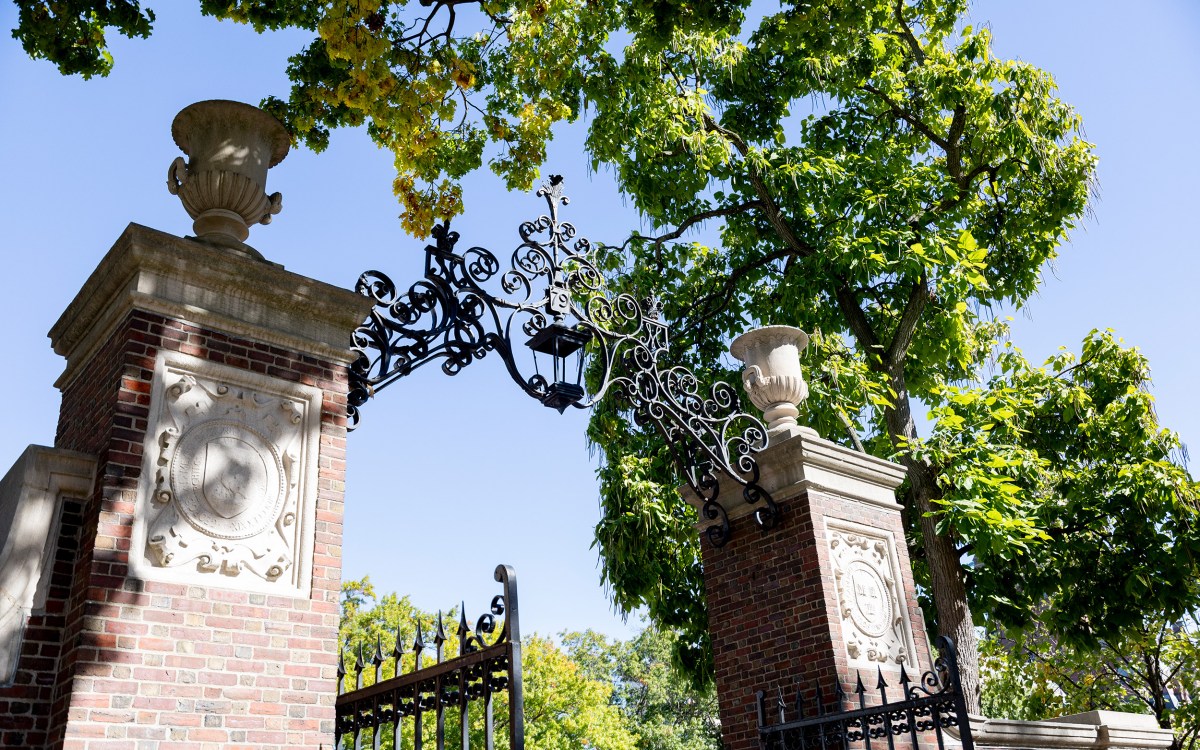Living Longer Presents Housing Challenges, According to New Report
A growing population of seniors living longer, healthier lives will present new challenges and opportunities to the housing market, states a new report by Harvards Joint Center for Housing Studies.
Housing Americas Seniors, the final report of a two-year study by the Joint Center, examines a variety of issues that will face the next generation of seniors. Accommodating home modifications and creating more housing choices are among the housing markets principal challenges, according to the report.
The reports other significant findings include:
Only about 10 percent of seniors live in age-restricted communities and only one-third of these live in settings that provide services.
About 10 percent of seniors move in with someone or have someone move in with them for the express purpose of receiving help with their frailties.
Only one-half of todays seniors with disabilities have the home modifications they need.
Most seniors “lock in” their housing choice before they reach age 60. So, many baby boomers are making housing choices today that will last the rest of their lives.
Greater wealth, better health, and more experience with long-distance moves may make tomorrows seniors more mobile and apt to own second homes.
“The last 30 years saw the maturing of the baby boomers, and the next 30 years will see their ascendance as seniors,” explained Nicolas P. Retsinas, director of the Joint Center. “Most seniors of tomorrow will live longer, live healthier, and live wealthier. They want to age in place. They will not, however, be able to escape the consequences of aging. Our findings challenge the housing industry and public policy-makers to respond with home modifications, supportive services and housing alternatives that will enable seniors to live safely, comfortably, and productively in the long lives ahead of them.”
The report provides an in-depth examination of the housing needs of Americas future seniors, projecting their demographic and economic profiles, and examining their likely housing choices, labor force participation, and lifestyles.
Eric S. Belsky, executive director of the Joint Center, remarked, “With Americas senior population doubling in the next 30 years to nearly 70 million, it is important to understand how their needs can best be met. Fewer seniors will have large families from which to draw support, and continuing income and wealth disparities among seniors will restrict the housing choices of many seniors, especially as longevity increases.”
Financial support for Housing Americas Seniors was provided by the Policy Advisory Board of the Joint Center.




